What qualifies gin as “gin”? Juniper. That’s pretty much it. OK, well not entirely, but the one identifying characteristic of all gins is juniper. Without juniper, you’re drinking infused vodka (which, heads up, is exactly what gin is, plus juniper). Once you’ve got the juniper baseline, though, it’s a bit of a free-for-all in terms of infusing other flavors into your gin.
And that’s exactly where gin gets fun. It’s also, not coincidentally, where gin is often grossly misunderstood. And we use “gross” with an intentional double entendre, since many of us remember gin as the cheap, sharp, piney stuff we poured out of a plastic jug and quickly masked with tonic or juice or whatever the hell was lying around that didn’t reek of pine solvent and rubbing alcohol.
Thankfully, those days are over, and we’re all a lot classier now. (Can it be a coincidence that millennial salaries have risen in tandem with monocle sales? No. No it can’t.) Gin has a lot more to offer, not just in terms of styles but in terms of depth within a style, in this case the classic London dry style in which juniper predominates alongside a typical mixture of citrus peel, spice, and botanicals. What most of us aren’t realizing as we choose our gins is the incredible variance in final flavor profile — almost akin to comparing regional Scotches (and yes, I’ll get hate mail for saying that). It’s a spicy, citrusy, botanical wonderland out there. Time to take a gin-spin.
Greenhook Ginsmith’s American Dry Gin
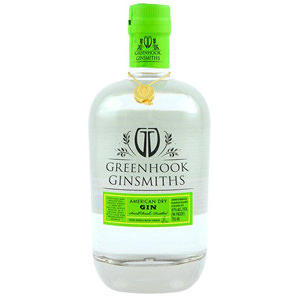
An especially aromatic gin produced using 17th century-French parfumerie techniques, so there’s some street cred already. And the aromatics are pronounced, albeit delicate, with florals like chamomile and cinnamon bark mingling over a bracing, refreshing juniper edge.
Corsair Artisan Gin
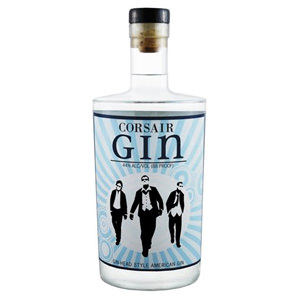
A Tennessee gin made in the “gin-head” style, meaning the botanicals are suspended over alcohol vapors rather than infused into the gin itself. A classic juniper-cucumber-citrus trio of flavors, with some pepperiness and a hint of cardamom bringing those citrusy, orange-rind notes forward.
Dillon’s Unfiltered Gin 22
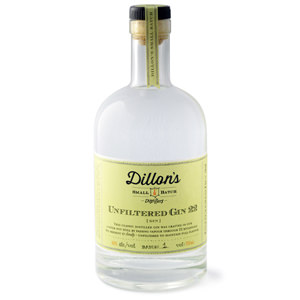
Dillon’s gets extra points here for locally sourcing its grapes (gin, like vodka, can be distilled from just about anything) and for not filtering its gin, which leaves a cloudier appearance but also, theoretically, extra flavor. The mélange (we said it) of 22 botanicals accents the juniper backbone with hints of thyme, fresh mint, citrus and peppery baking spice.
Farmer’s Botanical Small Batch Organic Gin
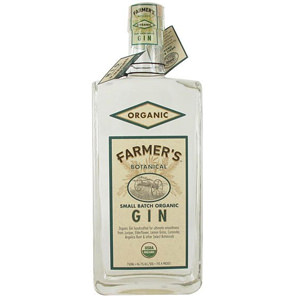
The name seems to suggest that some serious care is taken with the infusion here, and the taste seems to confirm that. Fresh with lemongrass and pine, but overlaid with soft florals (they note elderflower) that belie the surprisingly high 46.7% ABV. Precious, but not too precious.
Brockman’s Intensely Smooth Premium Gin
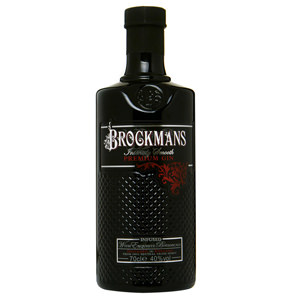
Here’s a gin from the berry patch. Seriously, in addition to more classic flavor notes like juniper, lemon peel, and coriander, Brockman’s infuses its gin with blueberries and blackberries, imparting a fruity roundness and aromatic berry-skin notes intermingled with dry spice and citrus. Unique.
Tanqeruay No. 10
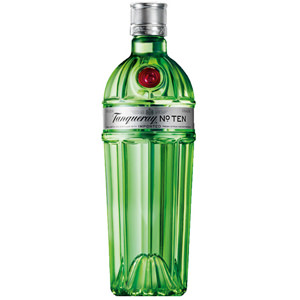
If you like straight Tanqueray, one of the more reliable and juniper-clean gins out there, definitely try the No. 10 variant. It’s softer than classic Tanqueray with more citrus and spice on the nose and a soft sweetness. The citrus is king here, with grapefruit and lime (whole fruit) infused along with softening chamomile.
Caorunn Small Batch Scottish Gin
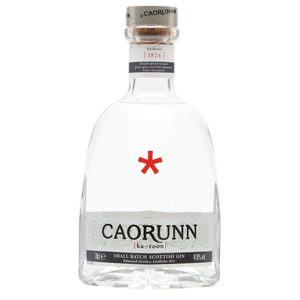
A Scottish gin made with Celtic botanicals. Still detectable juniper and a splash of citrus on the nose, since this is gin after all, but then slightly more savory. Peppery, heathery, and a bit rounded thanks (maybe) to Scottish rowan berries. Enticingly delicate, very shippable. If you find it, and you’re a gin drinker, absolutely worth a try. Notes of cassia bark and maybe some wild herbs tufted at the back end. Yes, tufted.
